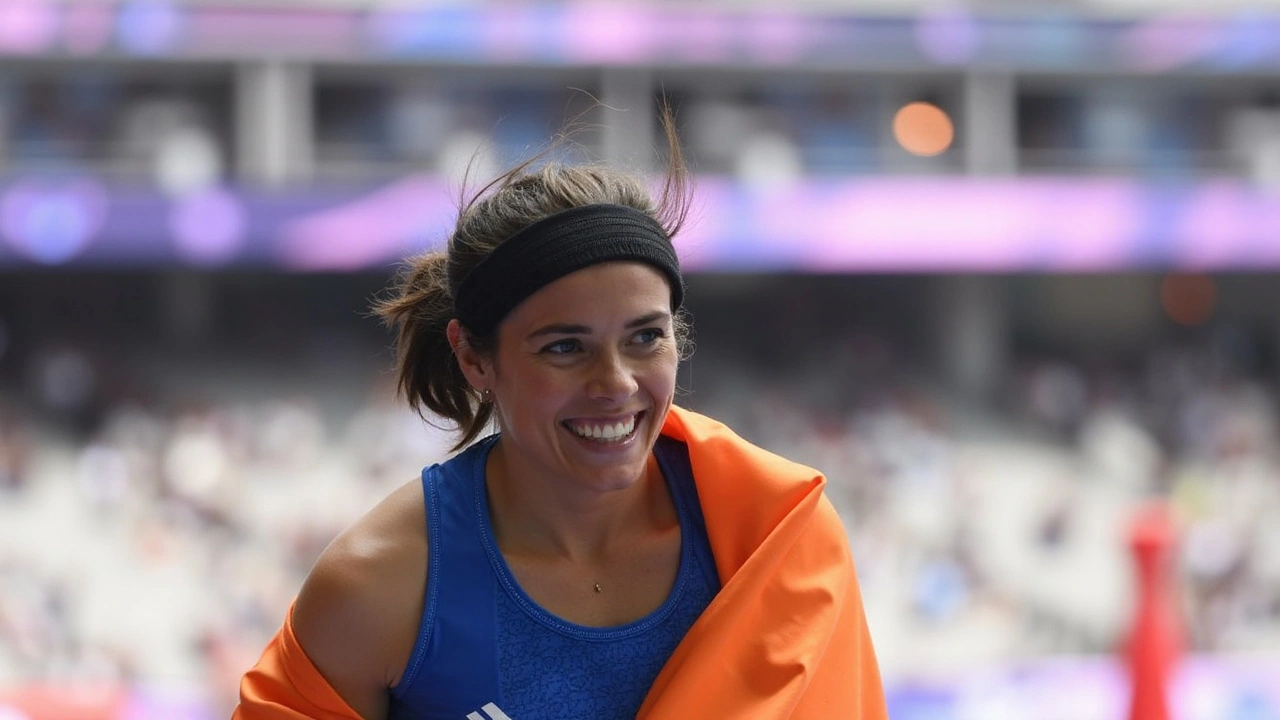- Layi Wasabi Triumphs as Best Digital Content Creator at AMVCA 2023 May 12, 2024
- Carabao Cup thriller: Wolves 3-2 West Ham as Larsen's late double turns the tie Aug 27, 2025
- UAE Visa Requirements for Nigerians: $10,000 Bank Balance and N640,000 Fee Among Conditions Jul 16, 2024
- Dutch Politics Takes a Sharp Right Turn: Four Right-Wing Parties Forge Coalition May 16, 2024
- Tennessee AG Steps In to Protect Elvis Presley's Graceland Amidst Legal Dispute with Riley Keough May 24, 2024
T35 100m — Practical Guide for Fans and Athletes
T35 100m is the sprint class for athletes with coordination impairments such as hypertonia, ataxia or athetosis. That sounds technical, but basically these athletes have muscle control differences that affect balance and fast movement. The race is as explosive and exciting as any 100m sprint — just with different challenges and great displays of speed and skill.
What the T35 classification means
Classification checks how an impairment affects running. Athletes undergo physical tests and are watched in competition before they get a T35 label. That ensures athletes race against others with similar functional ability, so results are about training, technique and race-day form — not mismatched impairments.
In practice, T35 sprinters usually show clear power in their arms and upper body with some difficulty in leg coordination. Starts can vary: some athletes use a crouch start, others prefer a standing start for better balance. Officials follow World Para Athletics rules for starts, false starts and lane discipline, so standard sprint etiquette applies.
Training, equipment and race tips
Training focuses on short, intense work: sprint drills, strength sessions, balance and core work, plus targeted physiotherapy. Coaches often break sessions into very specific drills that reinforce coordination under speed. Managing spasticity or fatigue with proper warm-ups and recovery is part of a smart plan.
Gear is simple but chosen carefully. Lightweight sprint spikes help, and some athletes use custom orthotics or taping for stability. A good physiotherapist and a coach who knows para-athletics matter more than gadgetry — they shape technique, warm-up routines and recovery strategies.
On race day, a clean start and staying in your lane are huge. Because coordination differences can affect stability, practising lane runs at race pace reduces the risk of drifting. Work on explosive reaction to the gun and short blocks of maximal effort in training to sharpen that first 30 metres.
Want to follow T35 races? Major events include the Paralympic Games and the World Para Athletics Championships. Live streams and highlights often appear on the official Paralympic YouTube channel, World Para Athletics site, and sports broadcasters during big meets. Social media tags like #ParaAthletics also track real-time results and athlete stories.
If you coach or are considering the event, start local: connect with a para-athletics club, get an official classification assessment, and build a short-term plan focused on starts, balance and sprint mechanics. If you’re a fan, watch heats as closely as finals — the margins are small and the races are full of drama.
T35 100m mixes raw speed with technical finesse. Whether you’re training, coaching or just watching, focus on the detail: the start, the drive phase, and how athletes manage balance under full speed. That’s where the races are won and where the sport gets fascinating.
Indian Para-Athlete Preethi Pal Secures Historic Bronze in Women's T35 100m at Paris 2024 Paralympics
- Katlego Sean Mahaye
- Aug 31, 2024
Indian para-athlete Preethi Pal made history by clinching the bronze medal in the women's T35 100m event at the Paris 2024 Paralympics. Achieving a personal best time of 14.21 seconds, this is India's first Paralympic medal in track events. Preethi's journey, marked by overcoming physical challenges and training under Coach Gajender Singh, exemplifies resilience and dedication.
